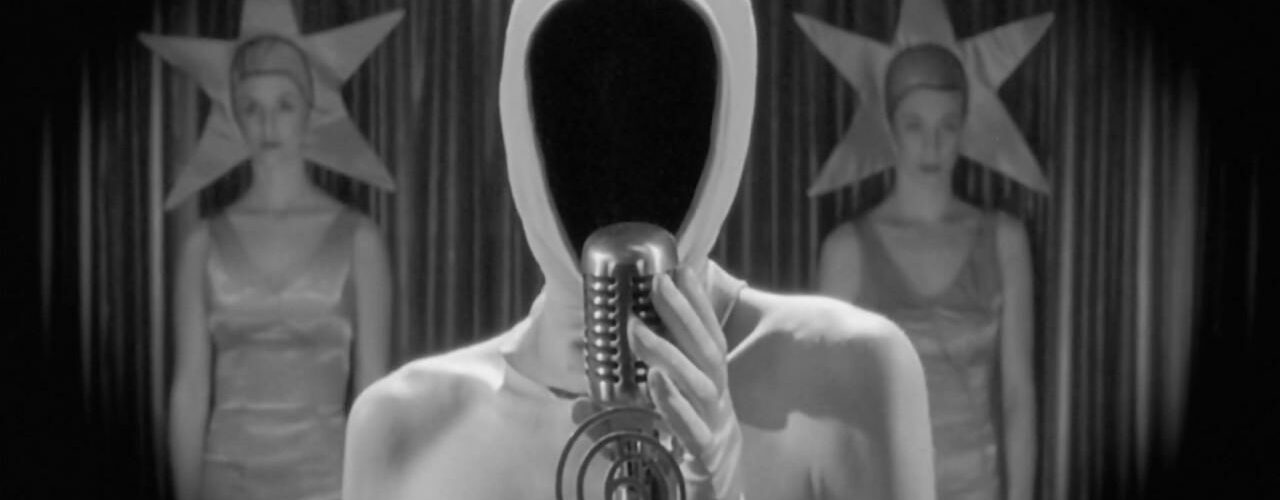 | Original title: La Antena |
Rating:  (4 / 5) (4 / 5) | |
| Year: 2007 | |
| Director: Esteban Sapir | |
| Duration: 99 min. | |
| Genres: Drama, Sci-Fi, Fantasy |
La Antena
The Artist isn’t the only silent film made in the last decade or so. It also isn’t the only good one. Of course there is Blancanieves, which is a terrific film, but this post is going to be about the Argentinian film La Antena, which unsurprisingly translates to The Aerial. To be truthful this film isn’t completely silent, but it is silent enough to qualify as silent film in my book. The film is somewhat of an homage to the true era of silent film, containing references to masterpieces such as Fritz Lang’s Metropolis or Le Voyage Dans La Lune by film pioneer Georges Méliès.
Even though it is – of course – filmed in black and white, it quite the visual spectacle. While mostly remaining true to the spirit of old films with the type of sets and body language used, it also manages to add a more modern touch. I particularly liked the way the animators played with the intertitles. They have been edited in after shooting the video and they move, are interacted with and sometimes look like what they tell. In most cases, these animations make it so the film doesn’t lose its pace, and it causes the occasional smile. Near the end of the film, the intertitles even become a major ‘prop’ in the film.
The story is about a city that has lost its voice. This is why it is a silent film. An evil megalomanic villain called Mr. TV has literally stolen all the people’s voices for his evildoings. In the city of silence, there is one woman with a voice. She is called La Voca – The Voice – and performs on television in one of the most popular shows. Mr. TV pretty much controls everything in the city, broadcasting all the time and selling all sorts of products.
The city seems content with the way things are. They seem to have forgotten what it used to be like when there were more voices. The real trouble starts when Mr. TV and Dr. Y combine forces to use La Voca’s voice for an even more devious plan. As it turns out, La Voca has a son who was born without eyes. Mr. TV has promised her a new pair of eyes, but they are delivered at the wrong address. This sets in motion a chain of events that might lead to the end of Mr. TV’s reign, unless he finishes his evil plan first.
Another difference between 1920’s silent films and La Antena is the music. Back in the old days, there were orchestra’s playing live music in the bigger cinema’s. In La Antena, the music is an integral part of the film. The music is wonderful, but it does sometimes distract you from the actual story. The film feels very surreal and weird, which I guess you kind of have to like. It can be shown to kids, but be aware it contains a wee bit of nudity hardly worth mentioning, and some swastika’s. So while La Antena has its little flaws, it is still very much worth seeing if you liked other recent silent films or oldies like Metropolis. And even if you didn’t, the inventive visual style alone will make this well worth your time.








